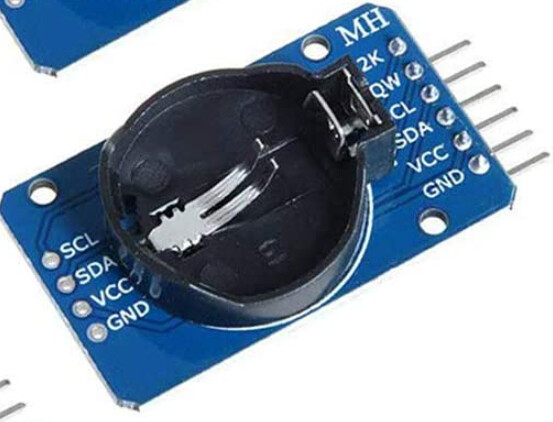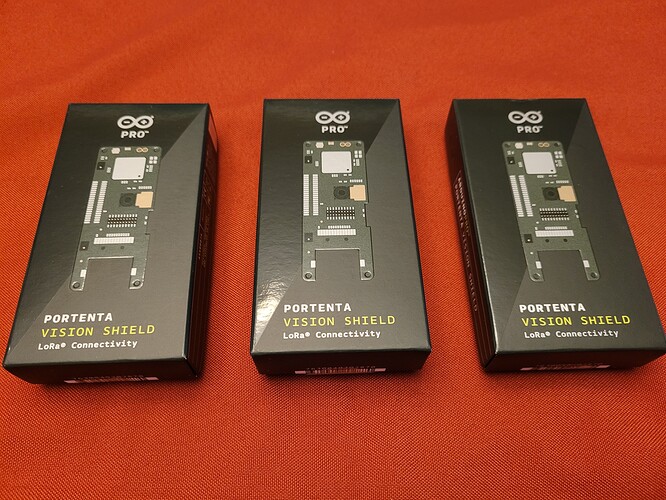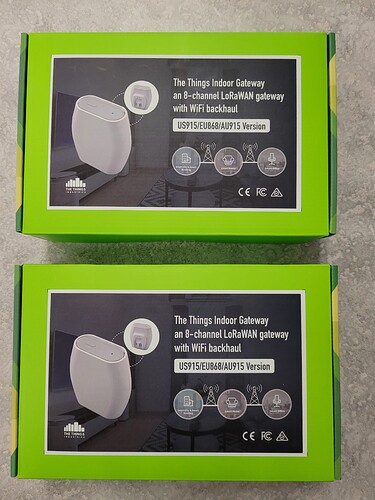I typically go in burst of interests, at the moment it is LoRa and LoRaWan while I wait for my LoRa Vision Shield for the PortentaH7 to arrive.
I simplify tech for the few high school students who are interested. I typically start out knowing very little, but do quite well when I can bounce ideas off people who know what they are talking about.
Seems to be a few LoRa related entries in this forum (as of Feb 2021):
- portenta-vision-shield-lorawan-out
- video-sheep-activity-tracker-demo
- adding-machine-learning-to-your-lorawan-device
- st-b-l475e-iot01a-two-variants
- bird-classification-in-remote-areas-with-lacuna-space-and-the-things-network
So my background after a Chemistry degree and about 15 years teaching physics, is a solid 6 year high school robotics program using the Particle.io Photon Github at particle.io-photon-high-school-robotics which I am in the process of moving to Arduino boards, but the little OTA (over the air update) Wifi out of the box Photon that I started using in 2015 is still fairly impressive.
I then spent 2 wasted years studying https://openthread.io/ a BLE mesh IoT opensource equivalent of google nest home devices. While doing that I spent about 5 years learning Google’s Tensorflow’s Javascript platform Tensorflowjs and feel very confident about my Vanilla Javascript version of it here.
Recently I have been Interested in converting Machine Learning models made using TensorflowJS web pages to TensorflowLite for use on Microcontrollers. I am really impressed with the Arduino Portenta H7 dual core 160 pin $100 USD board.
My thinking here is that the PortentaH7 combines the power of an ESP32 with the simplicity of Arduino, perfect for trying complex Machine Learning on an Edge Device before finding a cheaper way to get things working.
The Portenta really gets simple and impressive when you combine it with the push to connect shields:
The Ethernet Vision Shield is impressive (Ethernet, SD Card, 2x microphones, monochrome ~320x320 camera)
.
but the new Lora Vision shield has really go me thinking.
Here are my thoughts about Edge devices, LoRa and Machine Learning, feel free to reply with your own ideas:
- As long as you have home electrical power with WiFi some really powerful machine learning can be done with tablets and cell phones possibly connected through BLE to local devices.
Even my own Vanilla JavaScript ML programs are fairly easy to run on an old (cheap) cell phone chrome browser and are fairly impressive. facemesh, handpose, posenet
Handpose:
Being javascript these programs are easy to integrate into browser based Machine Learning programs such as my: Social Distancing App, Robot Car App. Connecting to BLE activated devices is a bit more challenging but not impossible using javascript.
- So what about Machine Learning Embedded Devices? My interest area at the moment is not the huge potential of tracking devices. Tracking assets that stay in (433 and 868 MHz) Europe, (~923 MHz) Asia or the (915 MHz) US are fairly easy to track using LoRaWan TTN (The Things Network coverage map) or Helium (The Peoples Network coverage map, Helium gateway’s mine the HNT cryptocurrency that helps pay for data transfers). Probably other LoRaWan networks coming such as the big mobile companies if they see a chance for a profit.
My interest is for how LoRA and perhaps LoRaWan might help farm/ranch/business owners who have large properties such as the Gang Ranch in BC which is 87 miles long and 40 miles wide.
I have no desire or ability to make a LoRa network protocol from scratch, however a little hacking of LoRaWan might be fun to try. My interest would be to try to get a little extra distance out of an existing LoRaWan network by hacking in a 2 way node using LoRA. Will be interesting if the Arduino LoRa library allows for any creative programming. A 2 way node would probably use more power, potentially available using a solar panel, but the ability to slightly extend a LoRaWan network might just really assist the adaptation of low power Edge Devices in Canada.
If my plan totally fails, an easy but more expensive solution would be to use a solar powered cellular LoRaWan Gateway. Nice to have a backup.
As far as the Machine Learning Embedded devices, I guess that depends on the business situation, I think Edge Impulse has made making TinyML about as easy as possible, so that part is covered well.
Anyone else in the Edge Impulse community interested and perhaps a bit knowledgeable about LoRA?
.
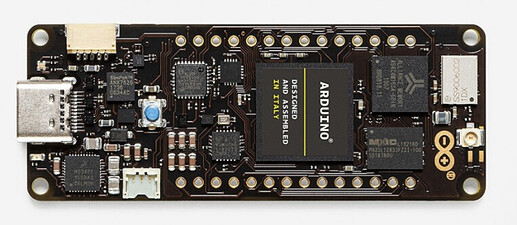
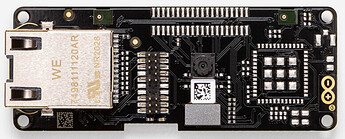

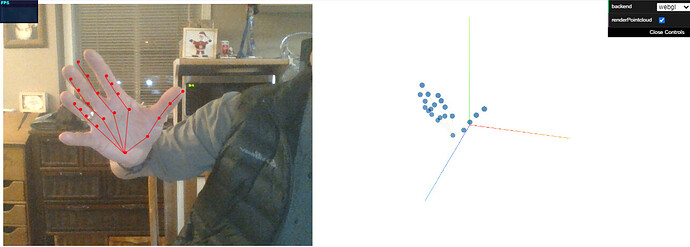
 Meeee!!!
Meeee!!!  LoRa X TinyML = Great Stuff!
LoRa X TinyML = Great Stuff!